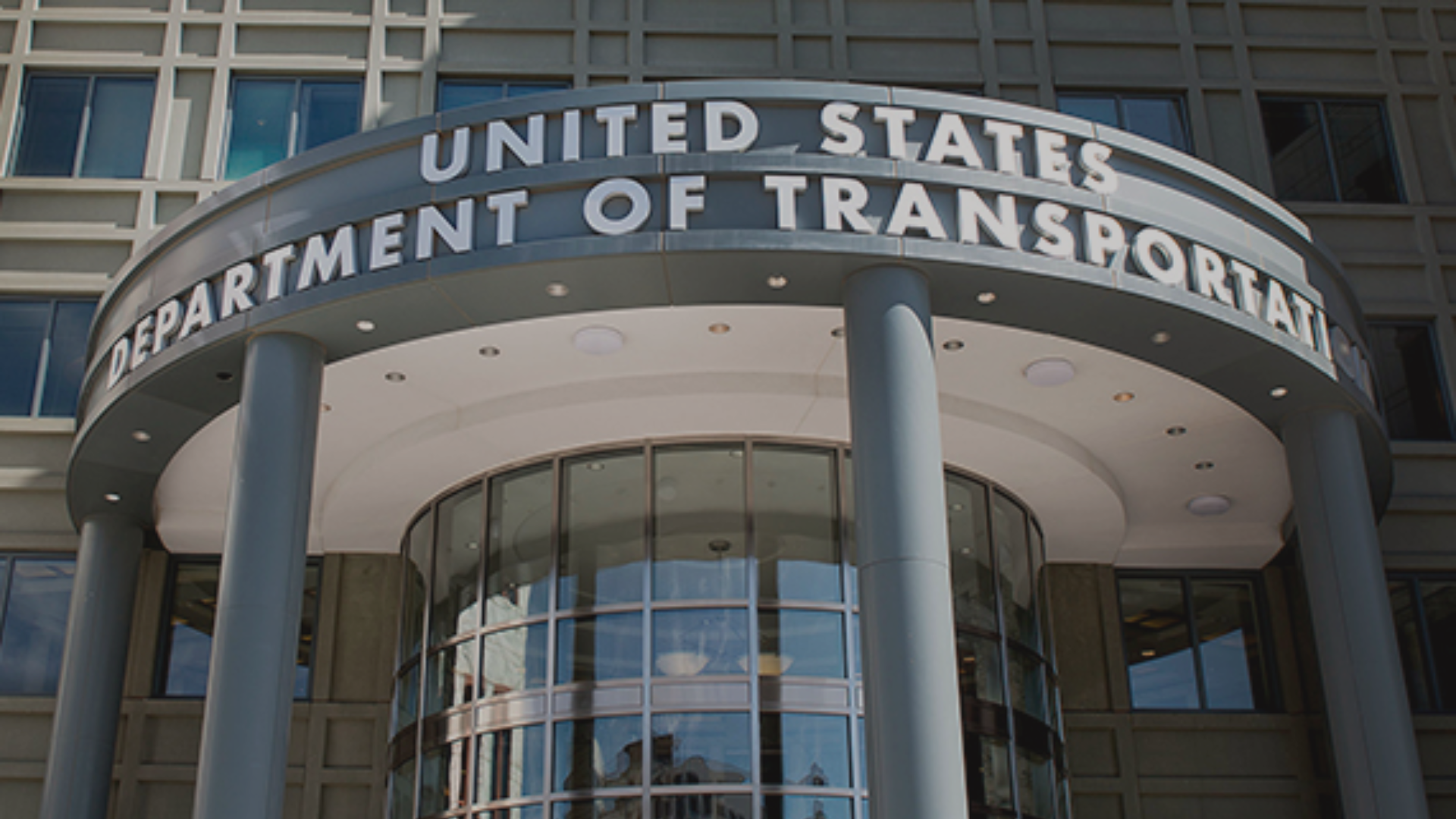Trends in Fleet Efficiency and Market Impact
Fuel economy trends in the U.S. reveal the tangible impacts of regulation. Between 2005 and 2023, average fuel economy for new light-duty vehicles improved from 20.1 to 26.4 MPG, according to EPA’s Automotive Trends Report. This progress reflects both technological advancement and regulatory pressure, though not without setbacks.
Key contributing factors include:
- Technological Upgrades: Automakers have broadly adopted stop-start systems, turbocharging, cylinder deactivation, and improved transmissions to boost MPG.
- Electrification: The growing share of hybrid and electric vehicles—spurred by credits and multipliers in compliance calculations—has elevated fleet averages.
- Consumer Awareness: Rising concern over climate change and volatile fuel prices has increased buyer interest in efficient and alternative-fuel vehicles.
However, significant challenges persist. Light trucks and SUVs, which generally consume more fuel, now represent over 75% of new vehicle sales in the U.S.—up from 50% a decade ago. This trend risks offsetting efficiency gains unless counterbalanced by electrification.
Additionally, automakers benefit from compliance mechanisms like credit trading and banking, which may delay real-world environmental benefits. Still, as regulatory stringency increases and EVs scale, the trajectory of improvement is expected to accelerate.
Future Trends: Electrification, Integration, and Global Alignment
Looking forward, several critical trends are set to reshape the landscape of fuel economy and emissions regulation:
- Stronger Post-2026 Standards
The EPA’s final rule for 2027–2032, expected in 2024, will likely require an average of 58 MPG-equivalent for new vehicles by 2032. These standards are designed to push EVs to constitute over two-thirds of new sales by that year, according to EPA proposals.
- Electrification as the Primary Compliance Path
Compliance strategies will move from tweaking combustion engines to wholesale shifts in powertrains. Battery electric vehicles, along with plug-in hybrids, will become essential for meeting targets.
- Policy Harmonization
The U.S. is increasingly aligning with global frameworks such as the EU’s CO₂ emissions standards, Canada’s Clean Fuel Regulations, and California’s Advanced Clean Cars II program. This trend will simplify cross-border manufacturing and compliance.
- Lifecycle Emissions and Real-World Data
Future standards may incorporate “well-to-wheels” emissions metrics and real-world testing (e.g., via portable emissions measurement systems or PEMS), offering a more holistic view of vehicle impacts.
- Equity and Inclusion
The Inflation Reduction Act (IRA) and complementary EPA standards are aimed at making clean vehicles accessible to all Americans, including low-income communities and underserved rural areas. Addressing equity will be key to ensuring a just transition.
To adapt, automakers and fleet operators must:
- Accelerate EV development and vertically integrate battery and component supply chains.
- Improve transparency in emissions and efficiency data, particularly around life cycle analysis.
- Foster closer coordination between engineering, compliance, and sustainability departments.








